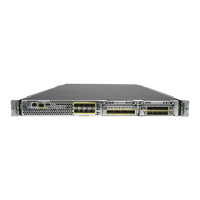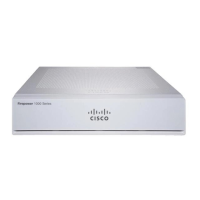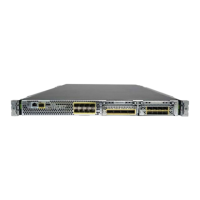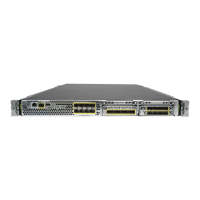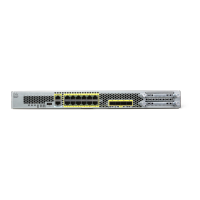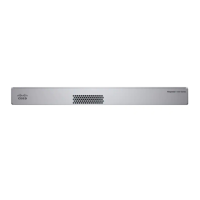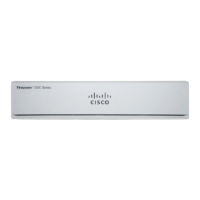D-14
Cisco Security Appliance Command Line Configuration Guide
OL-10088-01
Appendix D Addresses, Protocols, and Ports
Local Ports and Protocols
Local Ports and Protocols
Table D-6 lists the protocols, TCP ports, and UDP ports that the security appliance may open to process
traffic destined to the security appliance. Unless you enable the features and services listed in Table D-6,
the security appliance does not open any local protocols or any TCP or UDP ports. You must configure
a feature or service for the security appliance to open the default listening protocol or port. In many cases
you can configure ports other than the default port when you enable a feature or service.
tacacs TCP, UDP 49 Terminal Access Controller Access Control System
Plus
talk TCP, UDP 517 Talk
telnet TCP 23 RFC 854 Telnet
tftp UDP 69 Trivial File Transfer Protocol
time UDP 37 Time
uucp TCP 540 UNIX-to-UNIX Copy Program
who UDP 513 Who
whois TCP 43 Who Is
www TCP 80 World Wide Web
xdmcp UDP 177 X Display Manager Control Protocol
Table D-5 Port Literal Values (continued)
Literal TCP or UDP? Value Description
Table D-6 Protocols and Ports Opened by Features and Services
Feature or Service Protocol Port Number Comments
DHCP UDP 67,68 —
Failover Control 108 N/A —
HTTP TCP 80 —
HTTPS TCP 443 —
ICMP 1 N/A —
IGMP 2 N/A Protocol only open on destination IP
address 224.0.0.1
ISAKMP/IKE UDP 500 Configurable.
IPSec (ESP) 50 N/A —
IPSec over UDP
(NAT-T)
UDP 4500 —
IPSec over UDP
(Cisco VPN 3000
Series compatible)
UDP 10000 Configurable.
IPSec over TCP
(CTCP)
TCP — No default port is used. You must specify
the port number when configuring IPSec
over TCP.
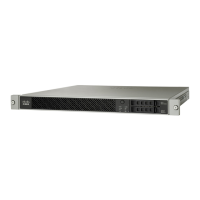
